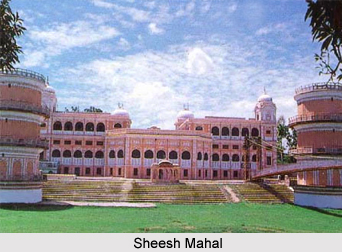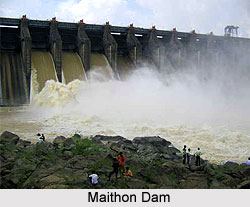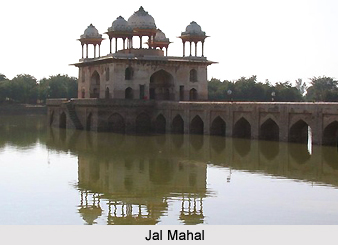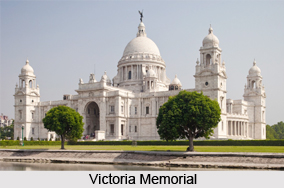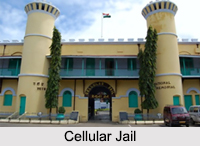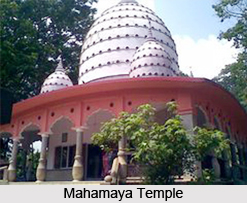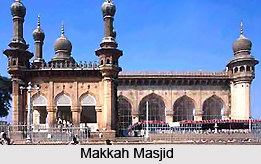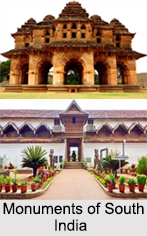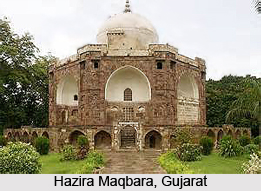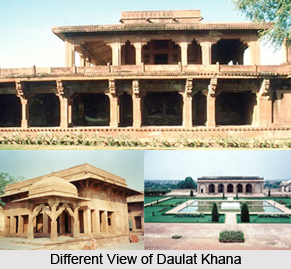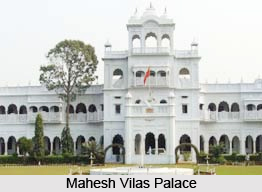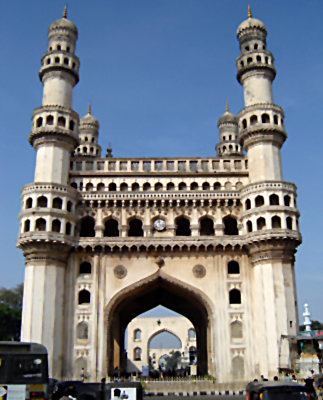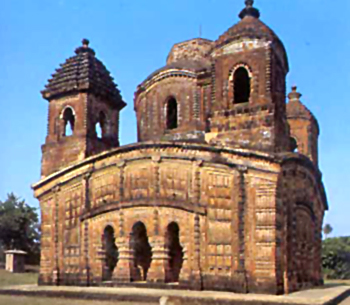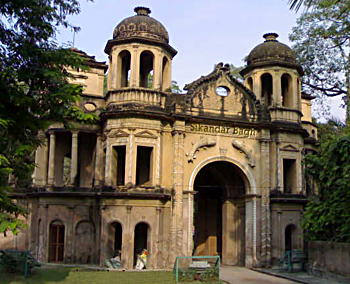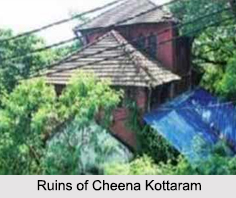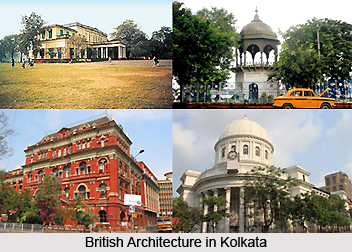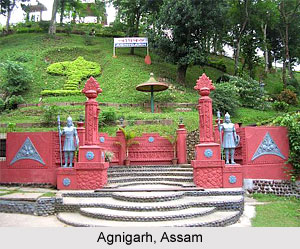 Monuments in Arrah include some of the memories of the British. Situated in close proximity to the meeting point of the River Ganges and the Son River, Arrah was the scene of heroic exploits at the time of the Sepoy Mutiny in the year 1857. The city of Arrah is also acts as a municipal corporation in the state of Bihar in India and located at a distance of about thirty six miles from Patna and about twenty four miles from Danapur.
Monuments in Arrah include some of the memories of the British. Situated in close proximity to the meeting point of the River Ganges and the Son River, Arrah was the scene of heroic exploits at the time of the Sepoy Mutiny in the year 1857. The city of Arrah is also acts as a municipal corporation in the state of Bihar in India and located at a distance of about thirty six miles from Patna and about twenty four miles from Danapur.
The city of Arrah is an old city in the Greek geographical works and mythological stories. The place is also a major spot for Jainism with a number of old Jain temples and hermitages. At the time of Sepoy Mutiny, 1857 a small company of Indian soldiers and British officers were surrounded by hostile forces in the Little House at Arrah, where they resisted the siege for a period of three weeks till they were rescued by British troops.
This historical association on the famous Little House at Arrah has made it known world-wide and now it is a historical monument in the grounds of the Judge`s House. It is a simple square, two-storey building with an arcaded verandah to three sides, but from the 27th of July to the 3rd of August 1857, it was held by twelve Englishmen and fifty Sikhs for over a week in opposition to two thousand sepoys from Dinapore cantonment and a large body of local rioters. The stoical British resistance stirred the imaginations and hearts of many contemporaries and secured a unique place in British military history.
In the church there are two memorials to the Sepoy Mutiny. One can look for the one which commemorates Captain the Hon. Edward Plantagenet Robinhood Hastings. Towards the east of the Treasury and Rauna Road is a memorial built to honour the officers, noncommissioned officers and men of HM 35th Regiment who laid down their lives in the Shahabad district on the 23rd of April 1858. It is thus a nourishing experience to pay a visit to Arrah in Bihar where one can imagine the historical past and the famous incidents associated with it.
